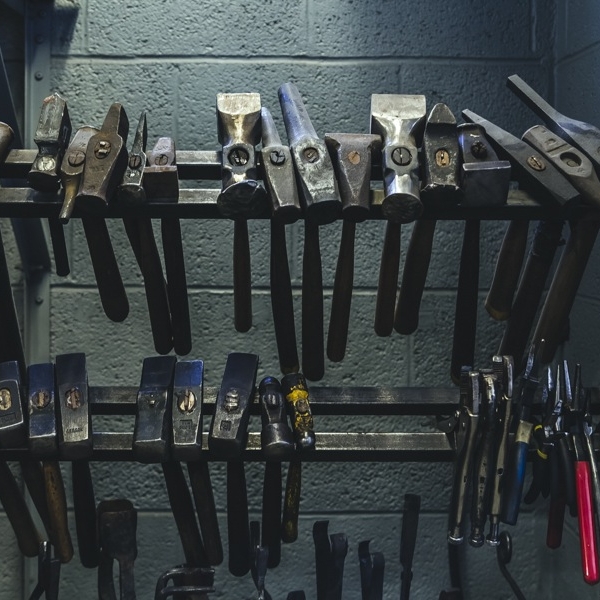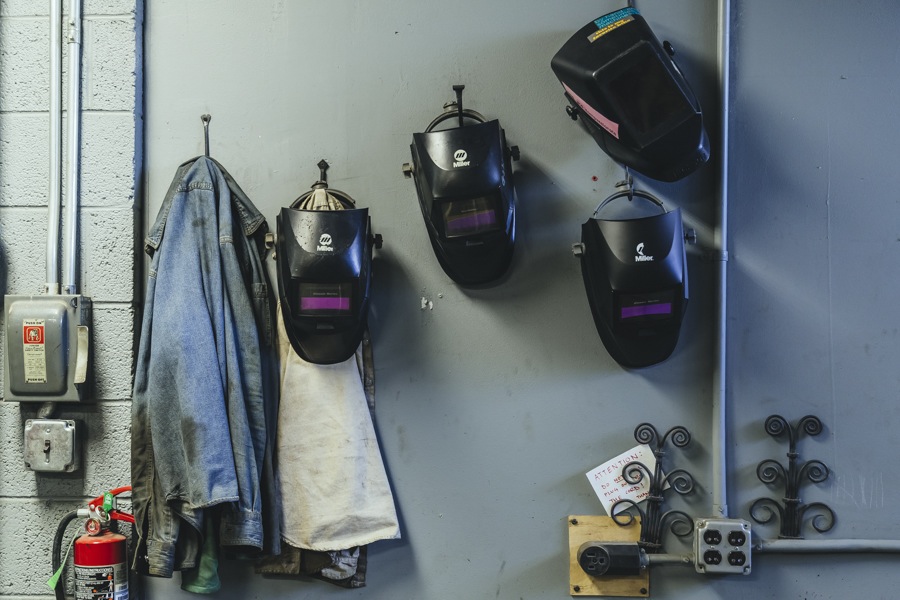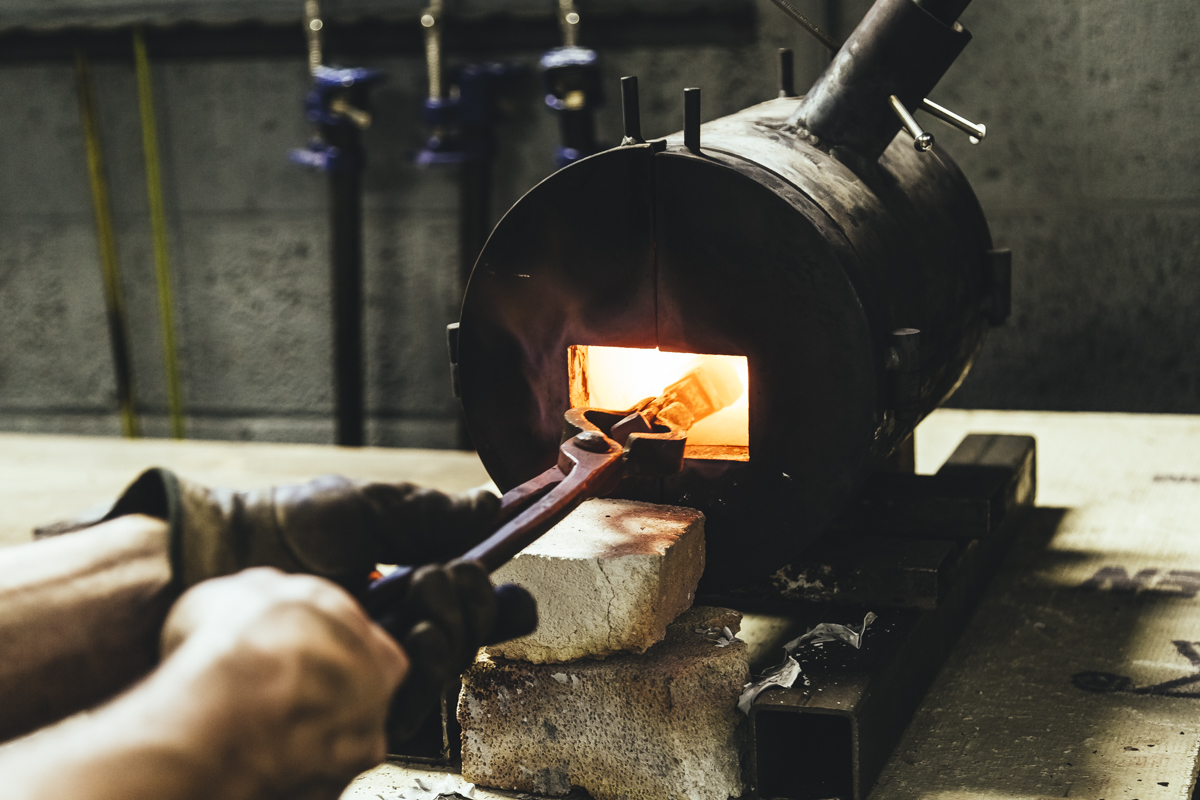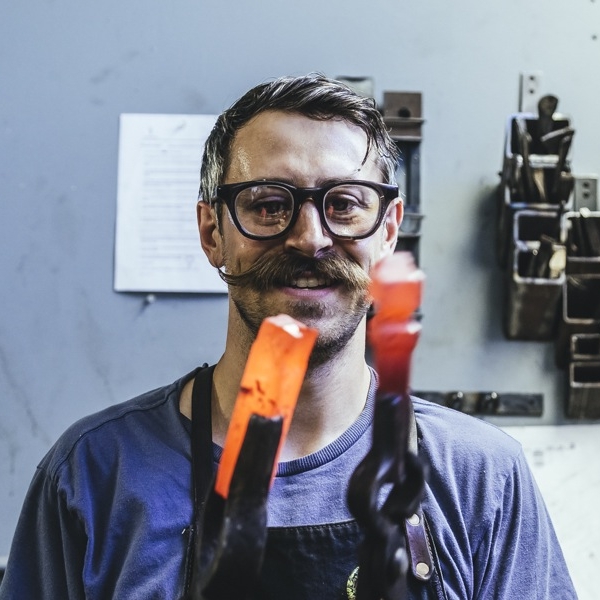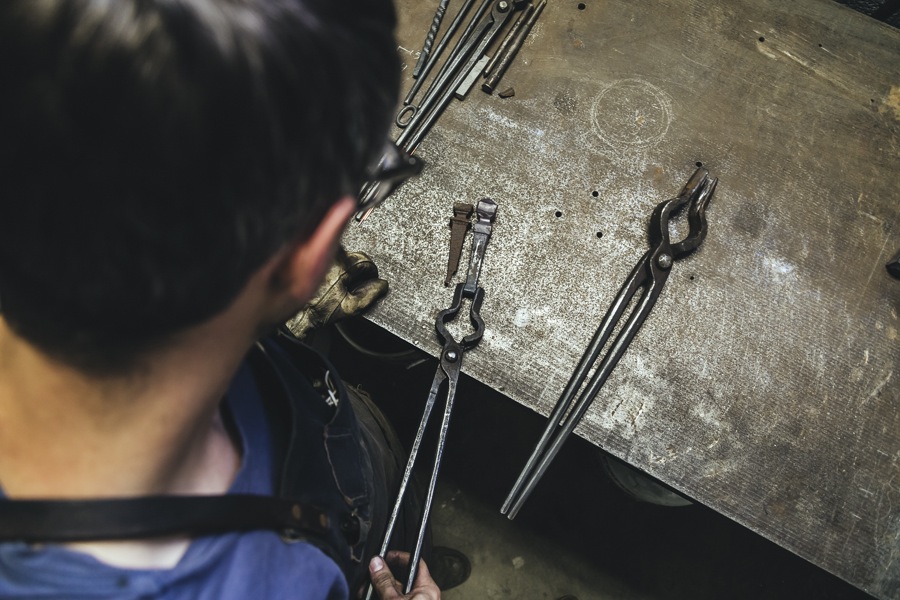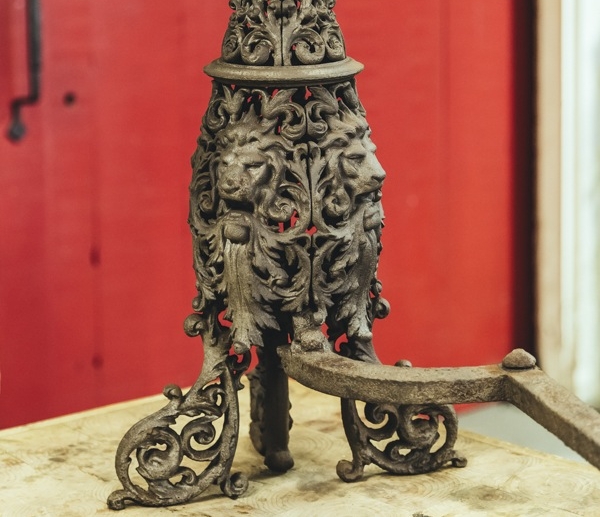WORDS: Yahdon Israel PHOTOGRAPHY: Marvin Shaouni
If duty makes us do things, love must be why we do them well. Watching metalsmiths Gabriel Craig and Amy Weiks of Smith Shop, a dynamic craft-centric metalworking studio based in Detroit, you see the love they have for their work, and for each other.
They first met as undergrads at Western Michigan University when Amy, studying photography and print-making, decided to take a metalsmithing class in her last semester. Gabriel had been studying Metals and Jewelry and was the metalsmithing class's studio monitor. He'd made a few awkward attempts to speak to Amy. He kept coming up short but wouldn't allow that to discourage him. Like the many projects he'd been working on in class, Gabriel was learning that good things take time.
Time was essential to their relationship. It not only allowed them to form a bond over their love for metalsmithing; time also made it possible for Amy and Gabriel forge a relationship that has become, in many ways, as strong as the metals they've used to make everything from kitchenware to belt buckles; furniture to wedding rings; rivets to andirons. A common misconception about metal is that it's impossible to work with. It's too hard, too rough, and too rugged. If you ever get to spend enough time with it you'll see it that it's capable of more. You just have to be willing.
We met up with Amy and Gabriel at their Smith Shop studio in Ponyride, a collaborative workspace for makers in Detroit, where they talked about their first makes, how history informs their creative process and why working with metal is ultimately an act of love.
What was the first thing you remember making?
Amy: The first thing I remember making was a birdcage. I was a student at Western Michigan University, studying photography and print-making. I took a metalsmithing class in my last semester of undergrad and immediately fell in love with how tactile it was.
I was also doing a photo series of myself as a bird around this time, so I put the one of the pictures in the cage and had the picture spin around. It was challenging to make 'cause there was a lot of soldering involved.
Soldiering is when you fuse two pieces of metal together permanently. You're using a piece of metal that's a lower temperature alloy that melts and fuses the metal together. It’s the very delicate process. You have to use torch without melting everything. The whole metalsmithing process made me realize, this is what I wanted.
Gabriel: When I took my first metalsmithing class, I didn't know how to make anything so I just came in one day and was like, "I'm gonna make a teacup."
Even though I had no idea how to make one, I had this really rudimentary sense of how metal worked in like a month or two. I made the teacup pretty intuitively. My professor couldn't believe it. Making a teacup—especially if it was made well—was fairly a hard thing to do. The fact that I was able to make one with almost no training really left an impression.
Why do you make what you make?
Gabriel: Before I answer that allow me to create some context around what we do. We make tons of different things. The only thing that is specific to what we do is we make things out of metal and we make it well.
We really like the problem solving of metalsmithing. It's exciting for us. There's a lot of technical information that you need to know but once you've built up your base vocabulary around metals, you can really begin to do anything with it.
A lot of times people don't know where these metal objects come from and there's this sense of wonder they have when they realize that there's a person behind it—making, designing, and thinking through it. Allowing people see that there's a person behind what we do helps people connect to what we make.
Amy: It's just really satisfying to make something. To be able to manipulate material that's really strong and stubborn and difficult. That's one thing that's really appealing about metal: you kinda have to fight it, but once you understand it then it will do exactly what you want it to do. It stays where you put it. It's durable.
How do you decide what to make? What's your process?
Amy: When it's client work they usually tell us what they want, like a gate for their house for example. They may have some like inspiration images, something they like. Or we'll work within the architectural context of the structure to try and make something that complements everything else.
With our production work we ask ourselves: "What do we wanna make as metalsmiths?" Sometimes it's, "I really want to make this object. Let's design it, make it, do a limited run and see if somebody wants to buy it." A lot of our process is also informed by history. We'll look at things that have been made and sit with it thinking about what we can bring to it to make the piece uniquely ours.
Gabriel: At Smith Shop we've designed a line of production work that focuses on kitchenware, hollowware, and housewares. We focus on those things because there's a niche. Good metalsmithing is few and far between. A lot of our process is thinking about how to fill these niches with good quality products. There are some people who don't understand metal; and there are other people who may not have the experience with their hands on the material. For us it's like, "If we can design it better and make it better, then why not?"
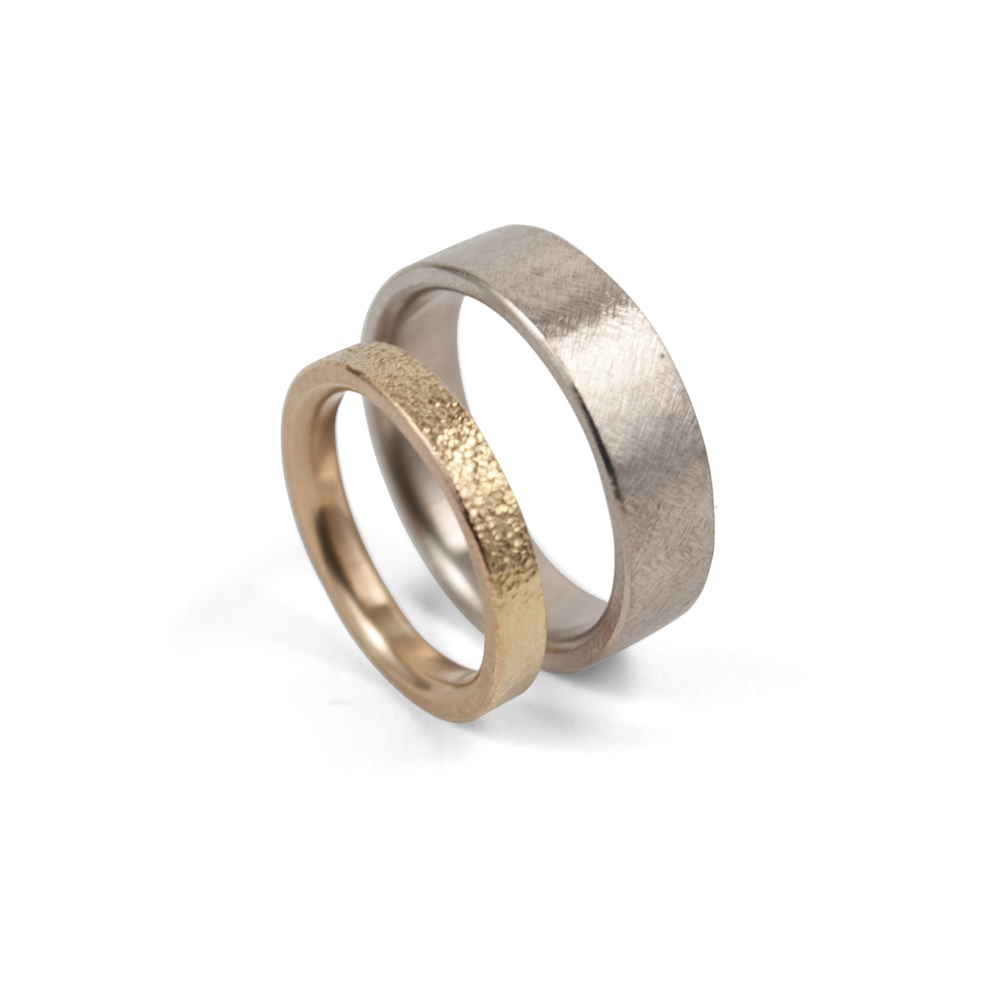
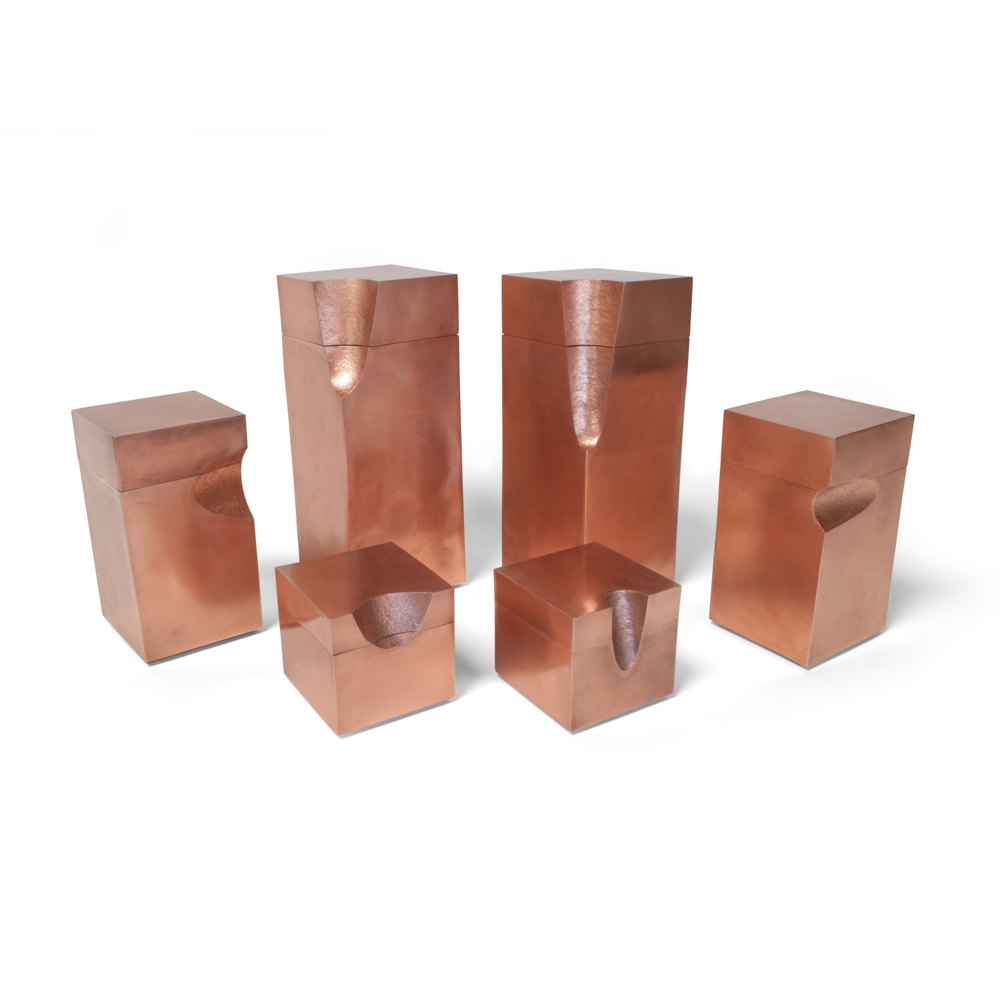
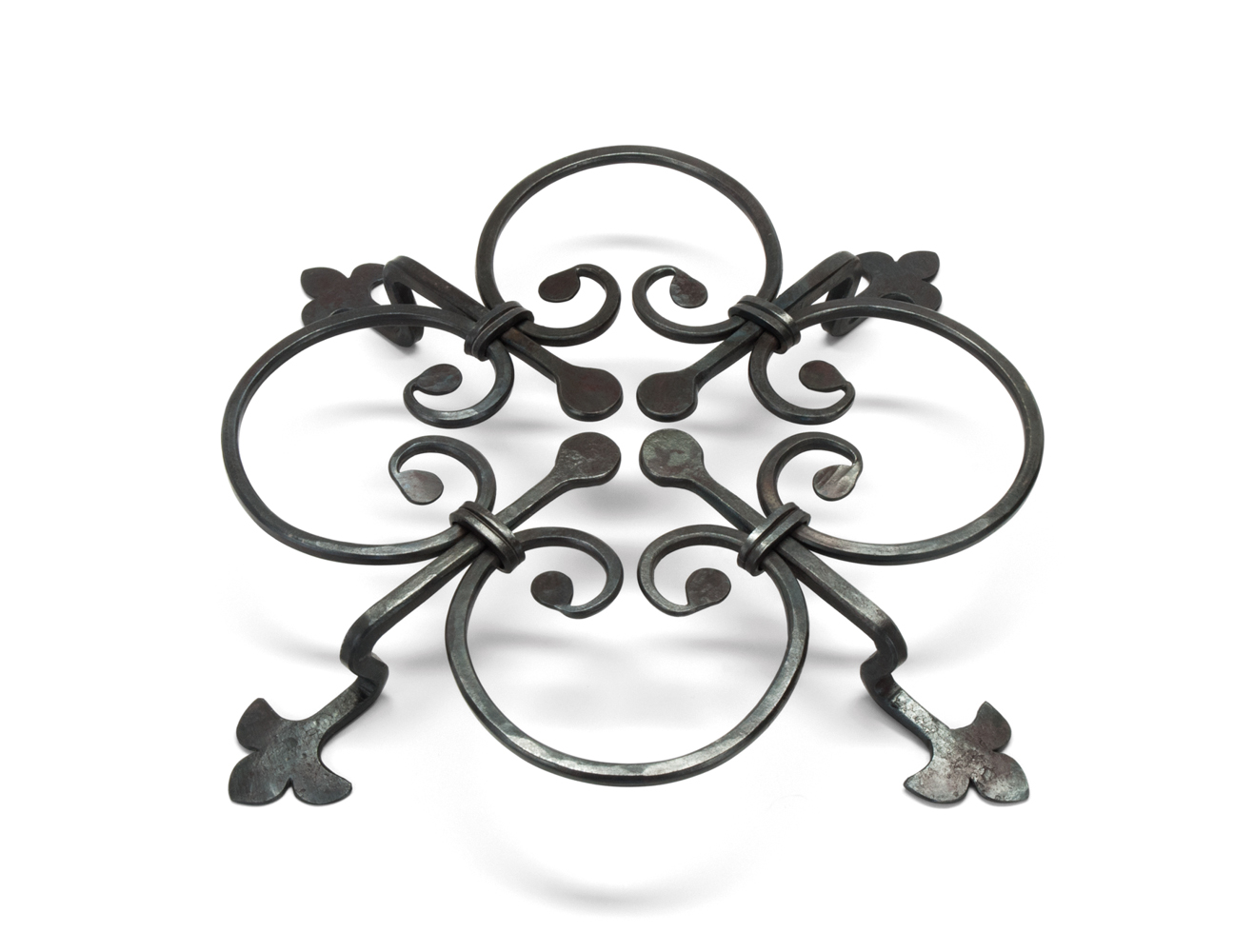
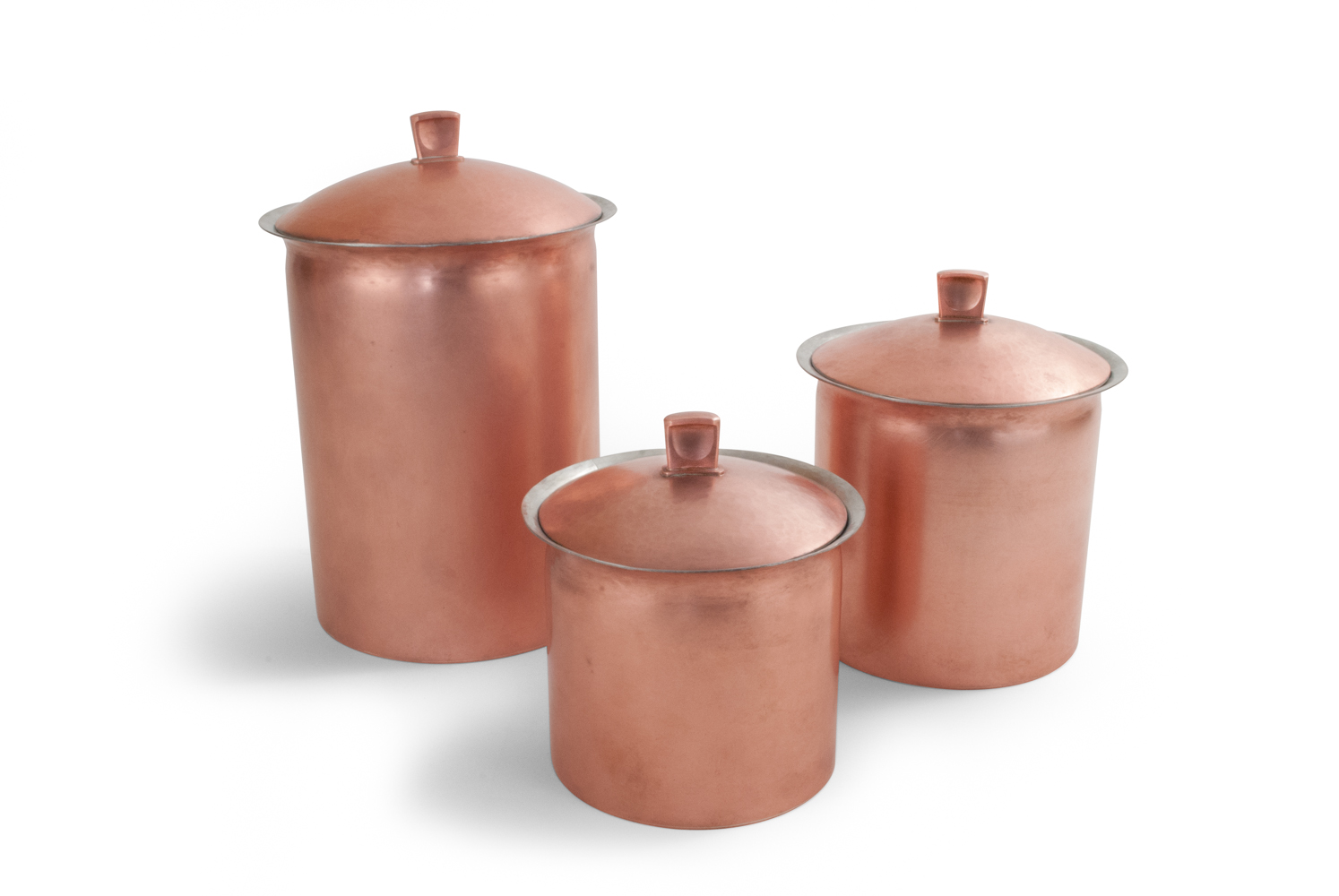

What has metalsmithing taught you about yourself as a maker?
Amy: It's taught me that I can be a little obsessive. I'll keep making the same object over and over until I get it perfect. In the last several years I've learned to balance perfectionism with accepting the the variations of humanity. Every piece won't be my idea of perfect and I'm learning that it's ok.
Gabriel: Metalsmithing has made me tough. Like really tough. Sometimes you're hurting yourself to make these metals; like holding on to a bar that's way too hot for way too long but you can't let it go because you're in the middle of making something. I'm almost past the point where my hands blister.
What has this taught you about other people?
Amy: What's interesting as someone who also educates people on metalsmithing, is seeing how intimidated people are by metal. They think they can't do it because it's hard—and it is. But when they start you'll see them hit a point where they get it.
Not everybody hits that point. Some people just realize they don't love metal. But for the people who reach that point where they "get it," there's this empowering moment where people realize they can manipulate this material that's really hard and stubborn. It's wonderful!
Gabriel: Metalsmithing taught me when to really push for what you believe in and when to fall back. Metalsmithing is supplemental to whatever it's a part of. If it's on a building, it's not so much about the metalsmithing as it is about the building. What we want to do is create something that's going to take the building, or whatever we're creating for, to the next level.
What inspires you?
Gabriel: I'm really inspired by historic metal pattern and ornament work. In graduate school I did a lot of coursework on architectural history. That really helped me understand the history of ornament and the history of buildings, which all informed my knowledge about what people were making before me and where I exist in that lineage. I felt connected to history.
What's one of the last things you've made?
Amy: I recently made a bunch of sea scrolls for trivets. A trivet is a short metal stand used to hold hot dishes. These are basically half of the components of a trivet. There's four other pieces and then it'll actually elevate it off the table. I was making, forging and forming. We have a few orders to fill with these.
Gabriel: Last thing I made was a replacement leg for this mid to late 19th century andiron. Andirons are these metal that hold the wood in a fireplace. The fronts are usually decorative and the backs are really functional. The leg on the andiron rusted out and cracked so I cut it off and reforged another one.
What's it's feel like to see people using the things you make and love?
Amy: There's something about making functional objects and then actually seeing them in use that's super satisfying. That's what they're intended for. Sometimes people will come in and they'll look at our serving room and say, "Oh I could never use those! I would just hang them on the wall." It's great that people see the artistic quality of what we make but it's even better when people use it.
What's the thing you feel like you need to continue doing what you do?
Gabriel: It takes awhile to build up a studio, collect all the tools and get clients. I feel like we're at a place where we get to really enjoy the projects that are coming through. The fact that we're able to live off of the work we're doing is its own reward!
Amy: One of the biggest things that we need to keep us going is new projects. The drive of creating something new really pushes us. We're always changing and we're always building. If we made the same thing everyday, I wouldn't want to do this anymore. But because we are making all these different things—from jewelry to architectural ironwork—we're able to continue to learn new things about our craft and not take it for granted.
About MakersFinders
MakersFinders is a social platform that helps people share what they make and find what they love.
We have an app in private beta. We publish stories. We host events. And provide quarterly grants for our community of Makers and Finders.








